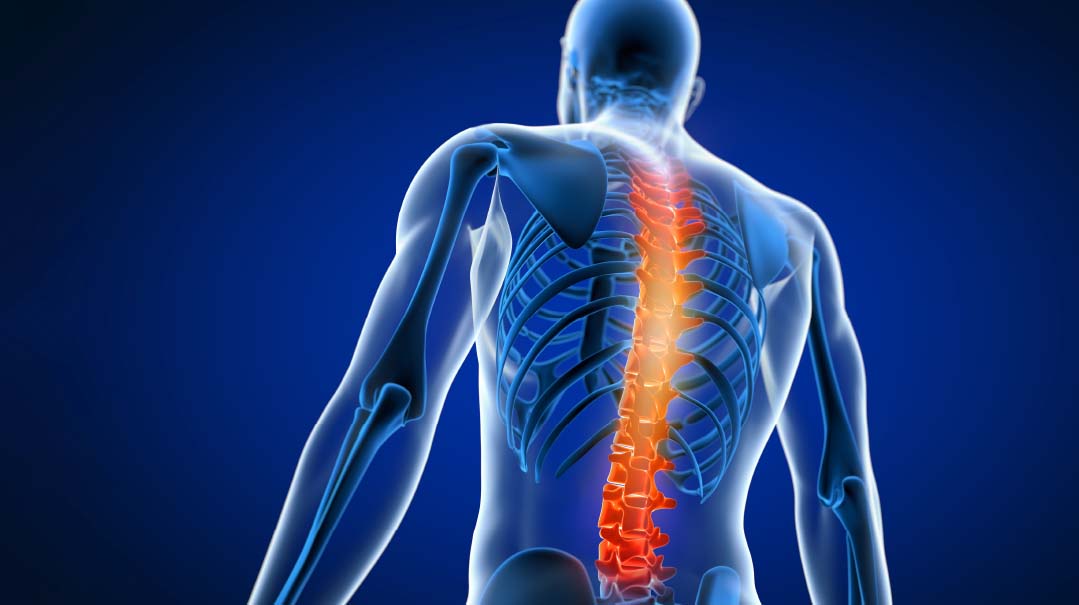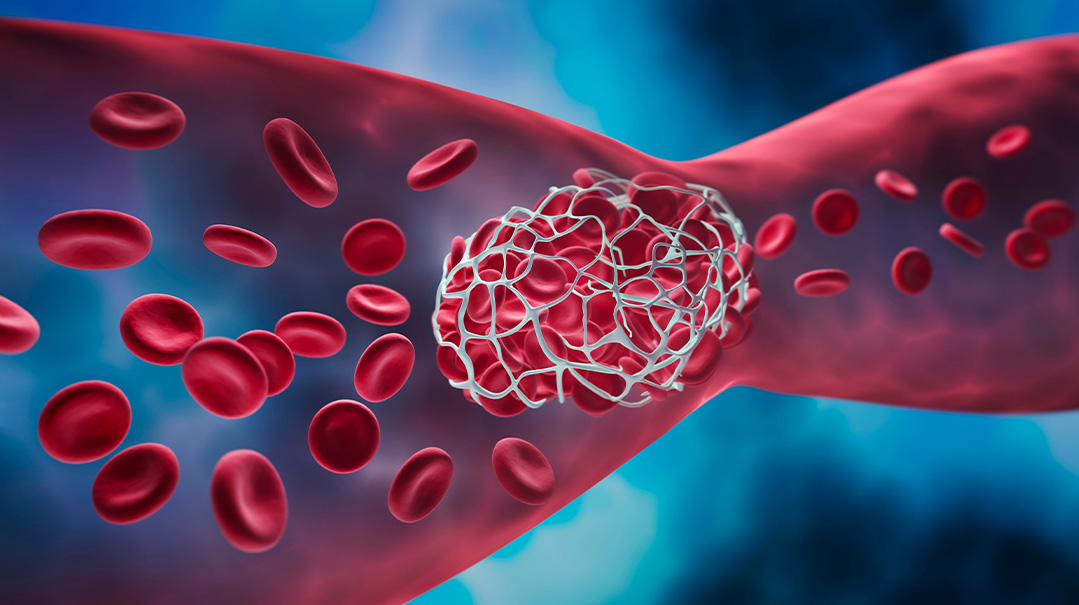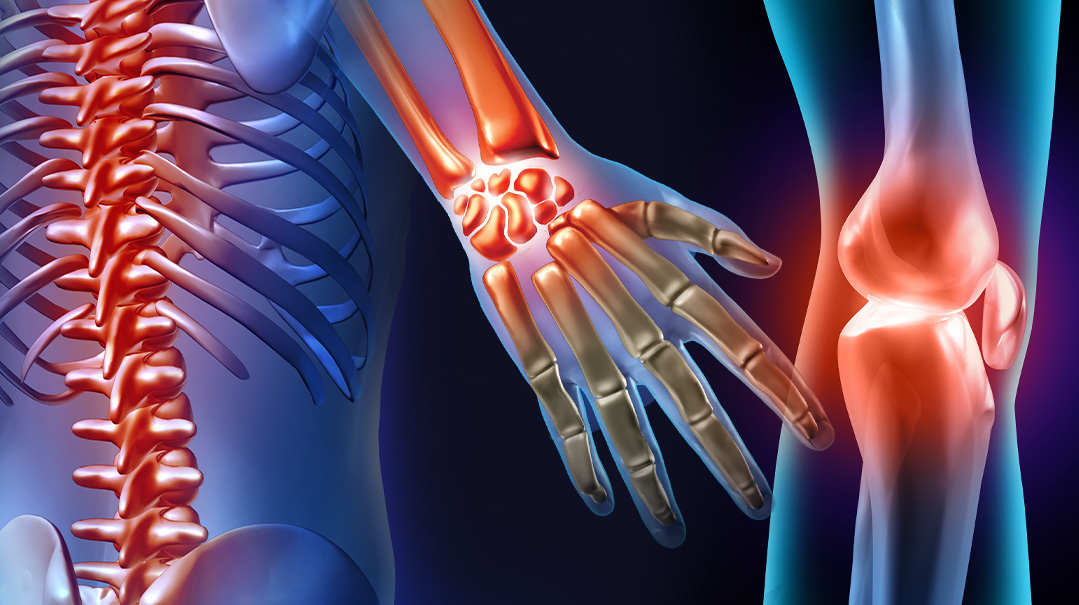Out of Joint

It was just a stiff neck. Then it spread to my whole body

As told to Faigy Peritzman
I have a quirky personality; weird things just happen to me. Like when I lost my voice in camp. Normal, except my voice was nowhere to be found for months. Throughout 12th grade, I’d have my friends answer for me when the teachers took attendance.
I finally had a video endoscopy done, which showed that my vocal cords had no structural damage, so the ENT suggested vocal therapy. A few weeks in, my voice returned. Weird. But that was only the beginning.
A few days later I woke up with intense pain in my jaw — classic TMJ. We went to an oral surgeon and got an X-ray, which showed that nothing was wrong. The next day the pain had left my jaw, but it seemed to have relocated. I now had a major kink in the left side of my neck.
The sequence of issues with my voice, jaw, and now my neck was odd. But I could handle a stiff neck. I made sure to deal with it, because I’d be heading off to Israel for seminary in a couple of months. I went to a chiropractor and to a masseuse, but my neck was stubborn (they use the term stiff-necked for a reason!). I flew off to Israel with two oversized bags and a very stiff neck.
To keep the pain at bay, I arranged exercise classes in the dorm. I’d rally everyone to come and get moving, because I desperately needed the exercise to feel good. While my friends were concerned about the rockets falling on Yerushalayim, I was arranging to get to the chiropractor via taxi instead of bus.
I arrived home from seminary with renewed motivation to fix my neck before I’d fly off to camp in Atlanta. No such luck. I bought a microwavable beanbag that became my best friend. Other people need their cup of Joe first thing in the morning; I’d wake up, zap my beanbag, and find some small relief in the warmth against my aching neck.
Home again and then off to another camp, I found that wrapping scarves around my neck helped as well. Who cared that it was the summer? Since I lived in Canada, I decided I could pull off a scarf year-round.
September rolled around, and that’s when my neck pain went from bad to horrific. I had zero mobility in my neck and constant terrible migraines. I remember waking up at 4 a.m. and being unable to go back to sleep, pouring out my heart over Selichos.
My doctor booked me for an MRI, but with socialized medicine, I had to wait a couple months. Meanwhile, I was tying scarves around my head like a bandanna, which gave stability to my neck. I started doing acupuncture, experimented with pain meds, and bought all sorts of massage devices.
Lying down was really difficult. I had to cradle my head in my hands while lying down and getting up. Turning over in bed was an agonizing process, and I lived in constant fear of my head falling off.
Oops! We could not locate your form.






